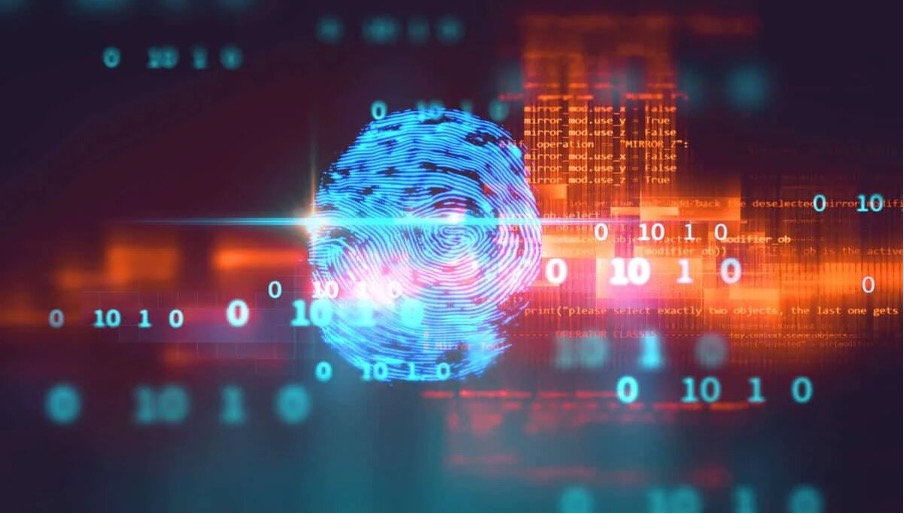Biometrics is a system that authenticates or identifies people based on their unique patterns of physical or behavioural attributes. Traditional means of identification, such as passwords and PINs, are gradually being supplanted by biometric technology as biometric scanners on smartphones and other devices become more common. A rising number of businesses require high security and a good user experience.

The biometric locking technology is a particularly robust authentication technique since it is based on who you are rather than what you know or have. Passwords and tokens are extremely easy to lose or steal. The most common cause of data leaks and security breaches is a weak or hacked password. Passwords are the weakest link in a company’s security system, and even the strongest passwords are vulnerable to sophisticated hacking assaults. On the other hand, biometrics provides an alternate approach for personal authentication or identity based on biometric features. It’s not possible to forget or lose them, and unlike passwords, they are difficult to fake. For example, fingerprints, finger veins, iris, voice, and face are all biometric qualities that may be described for a person and prevent us from an unauthorized access.
What Is Biometric Fingerprinting Technology
Biometric fingerprinting technology is a notion that has been around for thousands of years. East Asian potters used to leave their fingerprints on the clay while it dried. In the nineteenth century, criminologists employed fingerprints to identify chronic offenders. Biometrics, on the other hand, originally arose as an automated technique in the 1970s.
Biometrics were first used in commercial applications to manage physical access to facilities. This swing is expected to continue as technology advances. Fingerprint biometrics has become a highly popular and frequently utilized technology due to the growing requirement to combat fraud and offer safe access to physical and logical assets.
Importance Of Biometric Fingerprinting Technology
Fingerprint recognition searches for ridges and valleys in an individual’s fingerprint that are unique to them. These patterns are unique to every individual, allowing them to be distinguished from the rest of the population. Every person has a unique fingerprint and cannot be lost or stolen, making them extremely accurate and dependable. Furthermore, the widespread use of fingerprint biometric locking technology in several companies has been aided by the availability of low-cost fingerprint readers combined with simple integration possibilities.
Biometric fingerprinting technology may be used to determine an individual’s identity in two ways: verification and identification. Verification ensures that a person is who they say they are by making a one-to-one comparison of the individual’s fingerprint sample with a previously saved reference template. In contrast, identification uses a one-to-many comparison to validate an individual’s identity. The identification procedure matches the individual’s fingerprint sample to all of the reference templates on file. If a person’s fingerprint image matches any of the recorded templates, the individual is positively recognized.
Here Are Some Quick Points To Note
1.High levels of security and assurance
Biometric fingerprinting authentication adds a roadblock for fraudsters that only a real, authorized user can get around – even if a fraudster knows a person uses the name of their dog and any lucky numbers for most of their online accounts, they won’t be able to use their fingerprint to unlock an account if they can’t provide it right away.
2. The user experience is simple and quick.
While the underlying mechanisms for biometric locking technology are sophisticated, they are remarkably simple and rapid for users. It’s easier to put your finger on a scanner and unlock an account in seconds than it is to type out a complex password with several special characters. Furthermore, most users make the error of forgetting their passwords. What are the possibilities that you’ll forget your biometrics? Never!
3. Non-transferable
Biometric authentication necessitates the presence of the user’s input at the time of authentication. There is no way to digitally transfer or share a physical biometric; most biometric authentication methods require a physical application.
4. Almost resistant to spoofing
Biometrics, like fingerprints, are very hard to recreate with today’s technology. It is a one in 64 billion chance which is almost rare that your fingerprint might match perfectly to someone.
However, it can be concluded that the usage of the biometric fingerprinting system has accelerated, and it will continue to do so as hardware costs fall and simple integration solutions become accessible.
Tags: Biometric fingerprinting technology, Biometric fingerprint
Read Next Blog: Top FinTech Trends to WatchOut in 2021